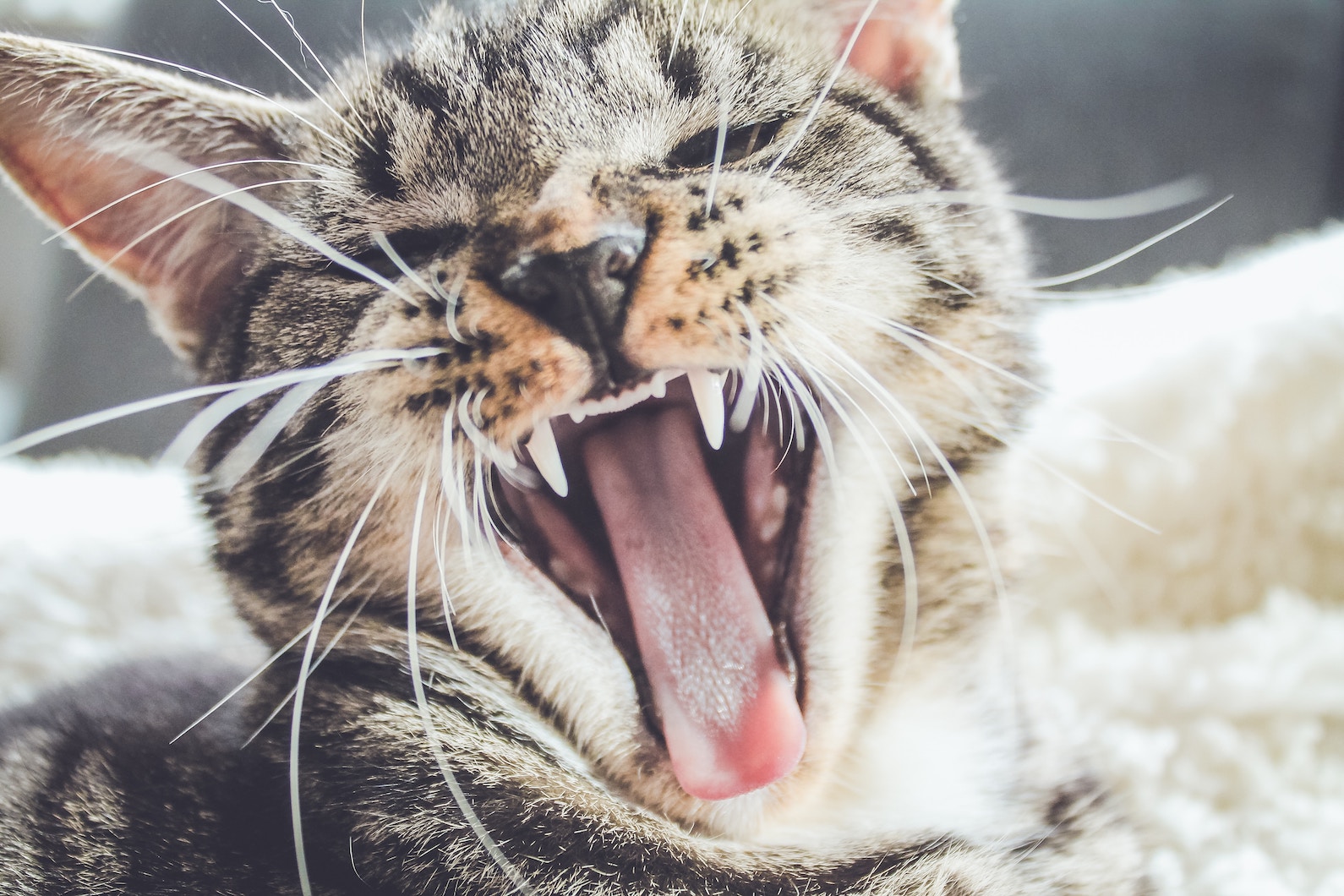Written by Anushka Bose
Lewis Carroll once noted that “imagination is the only weapon in the war against reality.”
I’ve always found solace in that statement, but especially when the flurries of the pandemic have sanctioned us from the ability to play, love, and explore. Driven by fear and not hope, we’ve locked ourselves in the citadel of our homes, balancing the waves of the challenges of each day. It is in this spirit that I gravitated towards a vision of a lighter rhythm of life; a momentary escape into an enchanting headspace of hope. This is not to say that I am in denial of the collective grief that feels so total right now, but imagination helps me remove myself from the highly charged environment of each day’s what-ifs. Follow me as I explore the scientific and philosophical dynamics of imagination and reality.
How Our Brain Processes Imagination
What is imagination? Is it the same as fantasizing, daydreaming, or visualization? For me, imagination encapsulates all of those. It is through these imagined realities that we can better understand our past and present experiences, and our future aspirations. Our imagination helps us envision the positive outcomes we would like to actualize, and the negative experiences that we want to stray away from. In other words, our imaginations can be a reflection of both our desires and fears.
How exactly does our brain process this? It turns out that our brains find it difficult to code the difference between imagination and reality.
Scientific evidence suggests that our brain’s default network, made up of limbic systems and sensory experiences, is highly engaged when our brain is at rest from cognitive tasks. The brain regions involved in this network show lower levels of activity when we are engaged in a particular task, but higher levels of activity when we are awake and not focused on any one exercise.
This network allows us to spend a large part of our mental activity daydreaming, envisioning the future, recalling the past, or just “thinking.” The network, by default, if not engaged in any specific task, helps us explore our inner experiences.
While we usually think that daydreams are a waste of time, daydreaming helps us imagine the life ahead of us. The plays and stories we create in our heads remind us of our past experiences, rehearse upcoming situations, and help us envision the future.
Adults Imagine Too
Our imaginations have accompanied us from our childhood to our adulthood, carrying a metaphorical script of our lives. Remember when you played house as a kid? The imaginative thought eventuated pedestrian objects of life into swirls of wonderland. A bathtub became a blue ocean, a pen became a wand, and the pillows became a fort.
That’s exactly it—our imagination is reflective of a childlike state. Children are innocent and usually shielded from the burdens and responsibilities that adults have. Therefore, they possess unlimited imagination and hold a much brighter vision of life.
TEDxMileHigh: Wonder speaker Mara Mintzer is the founder and director of Growing Up Boulder. This youth-friendly city initiative harnesses the power of children’s imagination to create city parks and playgrounds. These parks end up as all-inclusive, unique attractions because children can envision what they want and don’t care about the reality of making it happen.
As we get older, the hopeful childlike state subsidizes and evolves to adapt to a more realistic framework of life.
But, adults imagine vividly too, in the deep pockets of our minds. The difference is that we don’t share it with the world as we did as children. The fantasy and daydream of imagination become our own carefully guarded secret, a place of refuge we can escape to at our will.
Nearly everyone daydreams on a daily basis. In fact, research shows that 96 percent of adults engage in daily fantasy.
Reality vs. Imagination According to the Brain
Scientific studies show that our brain is largely unable to differentiate reality from imagination. For example, have you had a nightmare so terrifying that you woke up in a cold sweat? Or a dream so sad that you woke up physically sobbing?
The vigilance of our response is exhaled through our physical body because the brain truly processes the illusion as reality.
Your brain adapts to the wavelength of the mind. While this kind of response takes place through dreams in the subconscious, the conscious brain is also susceptible to this kind of premature action.
Imagine approaching a stressful situation, perhaps a confrontation with someone, delivering a presentation, or even approaching a romantic interest. Why does it feel like your body is going to war? Or, imagine when you get your blood drawn, and you are anxious about it. Your muscles tense up, leading to more pain, hence confirming your supposition that blood tests hurt.
The feedback loop of negative imagination plays out the very reality it fears.
The Brain Adapts to the Mind
Our bodies adapt to the augmented reality of the hyper fixation of imagination. In negative situations, our bodies go into intense survival mode, acting on a response that hasn’t even occurred in real-time only in the perimeters of our imagination. The physiological reaction is always a manifestation of the imagination.
That’s the sinister thing about imagination. If your brain adapts to the mind, then you cannot divorce imagination from reality. This is what constitutes creating chaos, as Jordan Peterson, a clinical psychologist and professor of psychology at the University of Toronto, would put it. In this lecture, Peterson notes that “When you’re in chaos, you don’t know what’s going on, you start imagining what might be going on, which might be partly the world; but it’s also partly the structure of your unconscious mind producing the fantasies.”
In such cases, imagination and reality can’t be pulled apart at all. If you can’t separate fact from fiction, then you are lost in the maze of your own doubts, inviting more mayhem into your life. The mayhem represents the lack of clarity and profound ambivalence.
Perhaps it is with this exact maxim of the brain adapting to the mind that people often fail before they even try. Their minds engage with their limiting thoughts and conclude they are not good enough, smart enough, fit enough, or capable enough, and the list goes on. The brain then quickly adapts to reinforcing that belief, almost acting it out in self-sabotage.
But here’s the good news.
Benefits of Imagining Positive Thoughts
If we know how our brain pivots to the diction of the mind, we can use this process to benefit us, rather than hurt us. We can allow our minds to create a more harmonious relationship between our imagination and reality.
We all have hopes and dreams that constitute our imagination, and in our imagination, the outcomes of those dreams are our reality. However, we also know that such dreams can sometimes feel too tall, and our goals can seem distant. Luckily, our imagination helps us move towards that goal.
By envisioning, we see the light on the horizon, much like a lighthouse across the sea on which you’re stranded.
The imagination of a brighter future, of achieving a goal, of fostering better relationships, anything hopeful, introduces our mind to positive messages. Magically, our brain adapts to the messaging of the mind, helping us move closer to capturing that daydream. This is why positive thoughts and affirmations are so crucial.
When we believe in our potential, our brain immediately pivots to the mind and results in positive action, creating a positive feedback loop.
The Patronus Charm of Imagination
Think about romantic comedies. Why do they feel so relaxing and fun to watch, despite its discord with reality? Or fictional stories like Harry Potter or Game of Thrones? The escapist fantasy is a reflection of the beauty of imagination. Perhaps such fiction helps us paint over the travails of reality with more color and enchantment. This is not to say reality isn’t colorful, but it’s no romantic comedy.
In literature, renowned author and concentration camp survivor, Viktor Frankl, wrote in his famous book, Man’s Search for Meaning, that the only thing that allowed him to survive the Nazi atrocities was to imagine his wife, the love they shared for each other, and the day they will reunite.
Imagination literally saved his life.
There is a defining moment in the Harry Potter series in which we understand the magical power of imagination that safeguards our lives.
Harry is told that to fight off the dementors (darkness), he has to produce the Patronus charm (a positive memory), which acts as a shield of light between the wizard and the Dementor. The Patronus Charm is a projection of hope, happiness, and a desire to survive. To conjure up the charm, one has to concentrate diligently and think of their happiest memory. The happier the memory, the better the charm works. The wizard can also imagine a scenario that would make for a happy memory, implying that the image doesn’t have to be grounded in past reality, it can be a potential reality.
When the Patronus is formed, the Dementors are not able to attack the wizard because it feeds on darkness and despair. Harry’s imagination of his happiest memories saves his life.
The Patronus charm has a wider implication than just fighting off mythical dementors. In our lives, we are often faced with the darkness that feeds upon our despair and negativity. In such moments, we are presented with an opportunity to fight it off with our Patronus charm—with our imagination.
Importance of Imagination During the Pandemic
Take a look at this pandemic. We can’t turn on the news or go on Twitter without getting hit with an accumulation of heart-wrenching news. We spiral down an anxious rabbit hole thinking, “What happens if I get sick? What happens if my family member gets sick? What if this, or that?” It’s crushing.
I am not advocating living in a shielded reality, but the truth is that it’s a dark time for the world. When we constantly engage with the darkness, we become aware of its totality, which has horrible effects on our mental health.
If your imagination constantly summons an anxious state of mind stemming from fear, it can invite a paramount of negative physiological responses. We are psychosomatic creatures. Our psychological stress can create physiological stress. As we all know, stress slows down our immune response, so limiting it can literally help us stay shielded from the virus.
What Crises Can’t Take From Us
This pandemic is testing us all, we have our unique list of grievances. There’s one thing, though, tough times can’t rob us of—and that is the power of our imagination.
I encourage you to get lost in a positive daydream, just for a moment. Through the imaginative space, you might discover parts of yourself that lay suppressed because of the stress of life and discover the person you want to become.
Underneath the mantle of adulthood and the responsibility that naturally accompany it, rests a child who desires to play, love, and explore. While the pandemic might have deprived us of the physicality of exploration, our mind isn’t subject to such sanctions.
Use your imagination to provide refuge from the stressful reality. We are in a global pandemic. Our minds will take us to dark places. But using the wagon of imagination can help us cope with the vicissitudes of life, and better understand our desires. These desires can help us visualize our inner experience and advance towards capturing that daydream in real-time.
Awaken Your Inner Tinkerbell
Although we might be adults, we haven’t lost our imaginative powers. The fairytales we read talked about “happily ever after.” While we might have qualified that axiom with our exposure to adulthood and reality, the messages we learned through those stories still carry imagination, hope, and creativity within us.
The more I learn about the deeper lessons of fairy tales, the better I understand that the “happily ever afters” were preceded by travails and misfortune of the characters. The stories carry heavy moral weight from the stories’ evolution from darkness and to hope. Such didactic lessons allow us to imagine a world where we can combat and outgrow darkness and despair with light, floating imagination, and some pixie dust of hope.
I hope that your imagination brings out your inner Tinkerbell. Allow yourself to explore an inner experience that is so vivid, it not only provides you refuge from these dark times, but also gives you a sneak-peek about the possibilities of living out a dream.


















